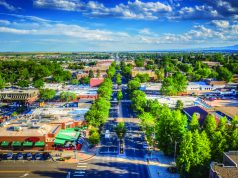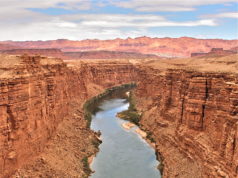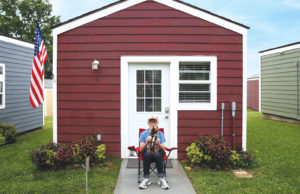
LONGMONT, BOULDER ISSUE DISASTER DECLARATIONS TO SECURE FUNDS FOR SPRING WEATHER DAMAGE
The City of Boulder issued a Declaration of Local Emergency on Aug. 7, which could help secure more than $700,000 in funds to repair damages incurred during May and June weather events. The City of Longmont issued their disaster declaration on Aug. 11, which sets them up for similar compensation.
In total, Boulder County stands to gain close to $2 million in relief funds. The funding is made available by the Federal Emergency Management Agency (FEMA).
It is a change in course for the cities and county. In mid-May, when initial damage assessments were taken, Boulder had incurred only $236,000 in damage. With Longmont’s and the rest of the county’s damage factored in, the total was $430,000 in damage since May 4 for Boulder County. That total was not enough to meet the $1,045,000 minimum countywide damage needed for FEMA assistance.
But after it was determined that the date range in which the damage could have occurred would be extended until June 16, the cities of Boulder and Longmont say they were able to uncover much more damage than had occurred in the first time window.
Jim Winchester, communications specialist with the City of Boulder, says the new damage for just the city exceeds $750,000. Dan Eamon, Longmont emergency manager, says the city incurred an estimated $1.6 million in damage during that same time period. The new totals for Boulder County now exceed the threshold for FEMA funding.
Now that the county has met the threshold, the cities’ declarations officially designate the amount of damage and need for relief to the state and federal authorities.
Across the state, 11 counties met the threshold for disaster relief from weather events in May and June. The state was granted a Presidential Disaster Declaration on July 16 specifically for those 11 counties, but local officials hope Boulder County will be added to the list of those requesting funds. Winchester says there is little reason to believe Boulder County won’t be included.
Winchester says most of the damage in Boulder focused on two areas. The first is a wastewater interceptor at 63rd Street. Due to erosion from the flooding of Boulder Creek, the interceptor needed to be repaired. The second major area damaged by flooding was a pedestrian bridge on White Rocks Trail in East Boulder open space area. There were also smaller amounts of damage to public works facilities, open space systems and the city’s parks and recreation facilities.
In Longmont, Eamon says the majority of the damage occurred along Left Hand Creek, where bank erosion and major debris in the channel require repair and cleanup.
The weather that struck the state and the county did not meet the minimum damage threshold to qualify for FEMA federal individual assistance. That means that funding received by Boulder County can only be used on infrastructure and public property.














